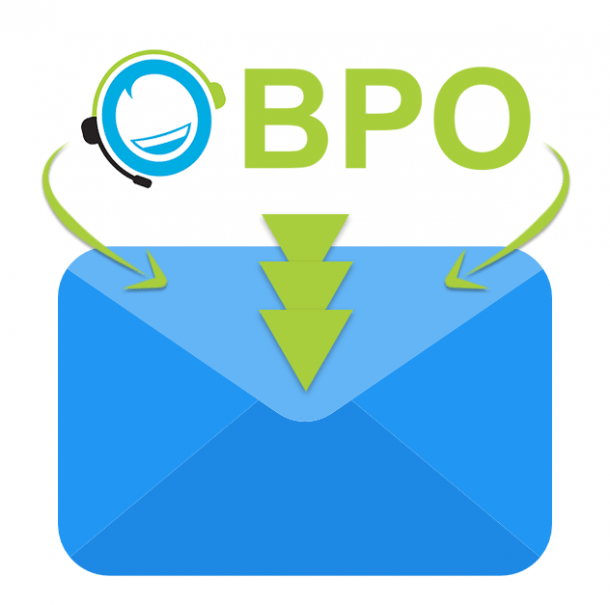Inbound contact center is the central point where customer interactions across various channels are done. Contact centers are also referred to as an e-contact center or customer interaction center. Contact centers’ primary goal is to assist customers with effective and efficient customer service, sales assistance, and technical support. Inbound contact centers usually have one or more call centers but may also have other customer contact types such as webchats, social media, and email interactions. Contact centers are often united to a company’s customer relationship management (CRM) design.
Inbound contact centers are increasingly becoming important as customers expect companies to be available not just over the phone but also on various channels. The multichannel approach makes the inbound contact centers create better customer experiences by improving customer service, raising their awareness of their customers’ needs, and increasing efficiency.
Call Center Vs Contact Center
Call centers and contact centers are where customer services are done, terms that are often used interchangeably. The main difference between the two centers is that contact centers offer omnichannel customer support, including website support, email, chat voice over IP (VoIP). In contrast, call centers manage both inbound and outbound calls.
Primary features of a contact center include the following: real-time reports that enables contact centers to analyze agent performance and customer satisfaction across various channels used, advanced call distribution that lets agents expand the number of calls taken while keeping a positive customer experience, and scripts that are provided to agents to give sufficient support, help generate more sales, make and interchangeable assignments which allows agents to work as a team while keeping their stations.
The modular infrastructure of contact centers keeps managers to maximize the team’s competence while profiting more from improved security measures, increased flexibility, and safely secure data. While contact centers present various functions, call centers specifically tackle high phone interactions, including completing outbound calls and controlling inbound calls. Similar to contact centers, call centers generate customer service, sales interactions, and technical support. However, they can also be used for debt or payment collection, fraud prevention, telemarketing, and information gathering.
Advantages of Inbound Contact Centers
Inbound contact centers have several advantages over traditional call centers. Contact centers permit customers to solve their issues by offering keyword-driven instant messaging or interaction with a chatbot. This self-serve strategy decreases the load of work agents spend on the phone, which lowers the customers’ overall costs and waiting times.
Inbound Contact Centers Can Improve Customer Profiling
When customers interact with contact centers, customers give out their preferences and other information that will be used to improve the customer’s journey during the next interactions. Using the collected details, the contact centers then compiles it into one customer profile. Call centers can also gather data through their calls; however, with digital channels used by the contact centers, the process makes it easier and more effective for them. Ultimately, contact centers maximize the use of interactive voice response (IVR) systems. IVR is a computer-based system that allows customers to use a voice command or keypad to give information without human agents’ aid.
Call centers also utilize IVR as an automated digital assistant used over the phone through keypad entries and vocal prompts. However, the IVR used in call centers often makes it a challenge for live agents to solve issues efficiently. The IVR in contact centers is designed with customer experience in mind. It is intended to direct callers to the well-suited agent and to predict caller intent. Often, the IVR covers the customer’s problems without the need for live agents.
Types of Contact Centers
1.) Hardware Contact Centers
Hardware contact centers are hosted and installed on physical servers inside the company’s premises. As a result, hardware contact centers rely on businesses having the capacity and space to maintain the servers, competent hardware update processes, and effective recovery procedures.
2.) Hosted Contact Centers
Hosted contact centers are where the center infrastructure is outsourced to another company that handles the systems externally. By minimizing the infrastructure’s maintenance and costs, hosted contact centers can lead a higher investment return for businesses.
3.) Cloud-Based Contact Centers
Cloud-based contact centers are installed on a provider’s cloud internet server, from which all outbound and inbound transactions are filtered. This kind of contact centers are available anywhere via the internet and operates similarly to other contact centers.
4.) Virtual Contact Centers
Virtual contact centers hold a work-from-home setting for agents. Virtual contact centers optimize comfort and flexibility for the agent, all the while lowering the company’s costs.
Conclusion
In general, the advantages of inbound contact centers include enhancing customer experience by improving the interaction while monitoring the capabilities and maximizing social media and CRM software. Contact centers optimize customer’s time through effective and direct service. As technology develops and customers depend more on communication tools and platforms, inbound contact centers play their vital role in the industry, and businesses must continue to adapt for deliberate growth and expansion.
Ready to Outsource E-commerce BPO Solutions?



